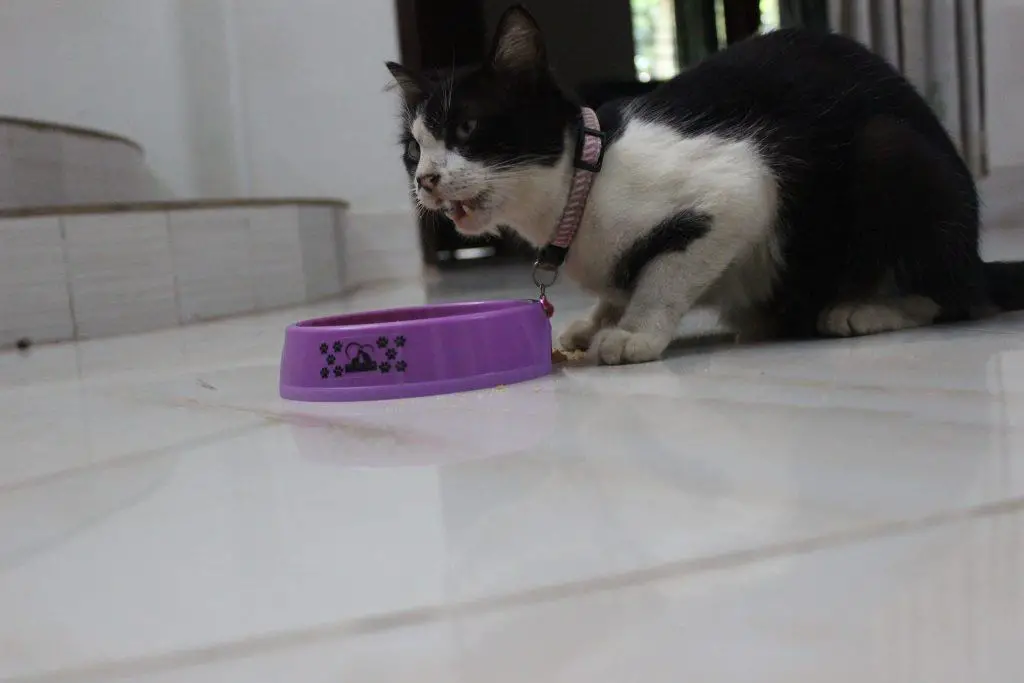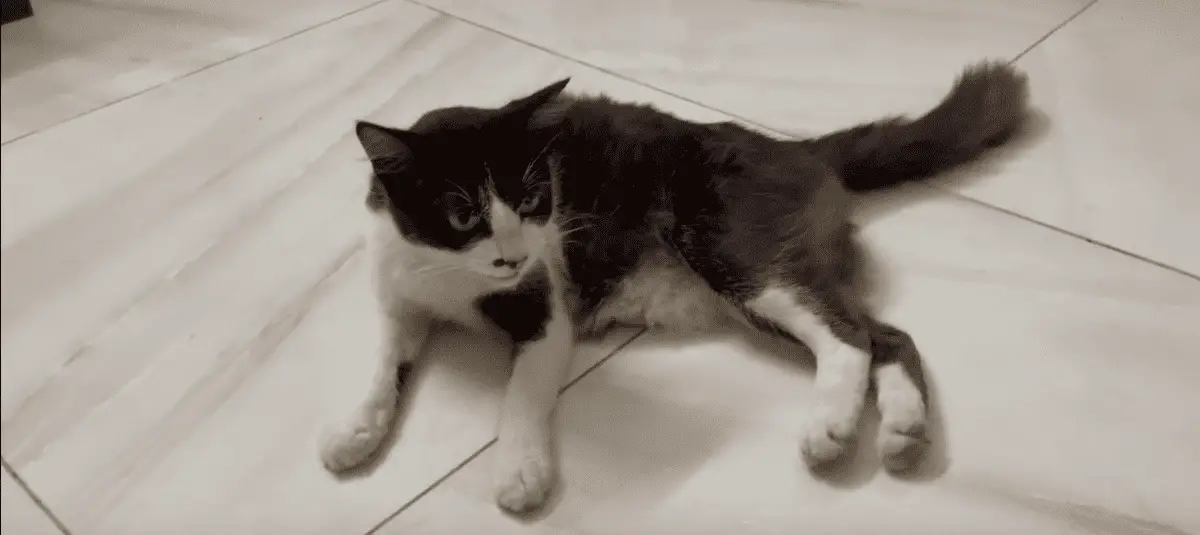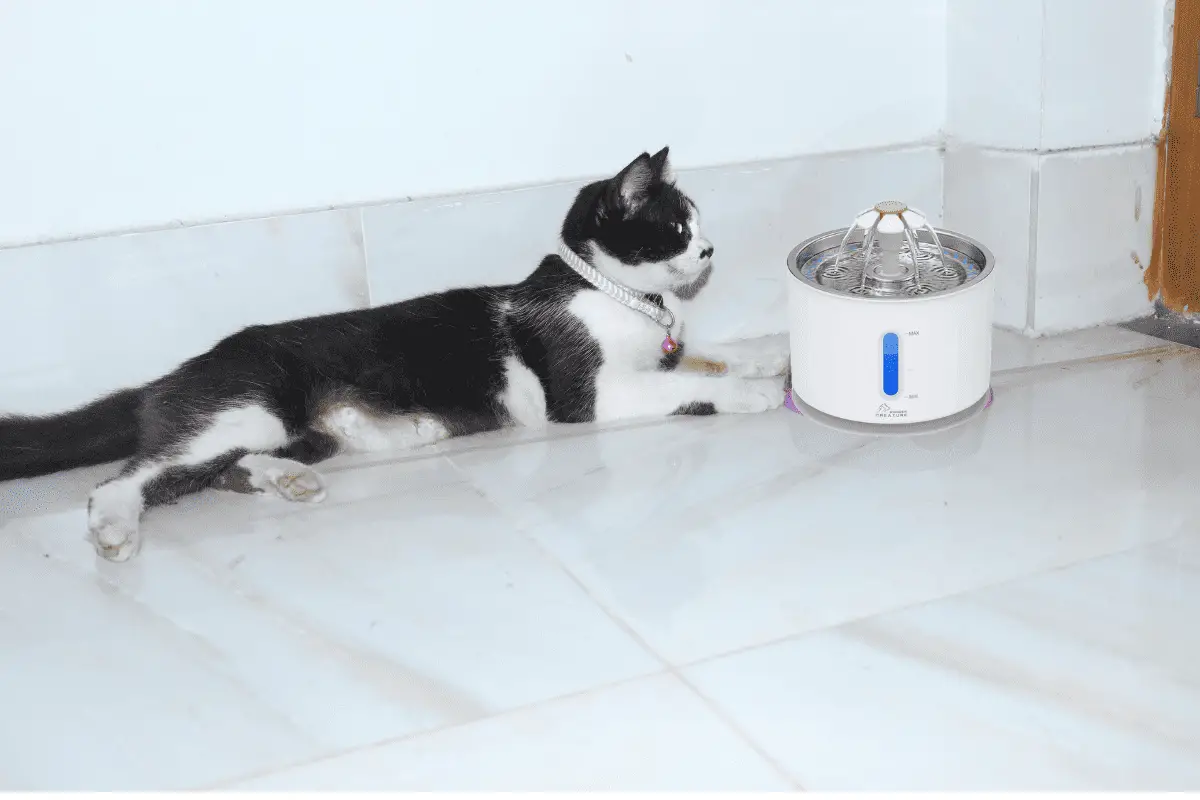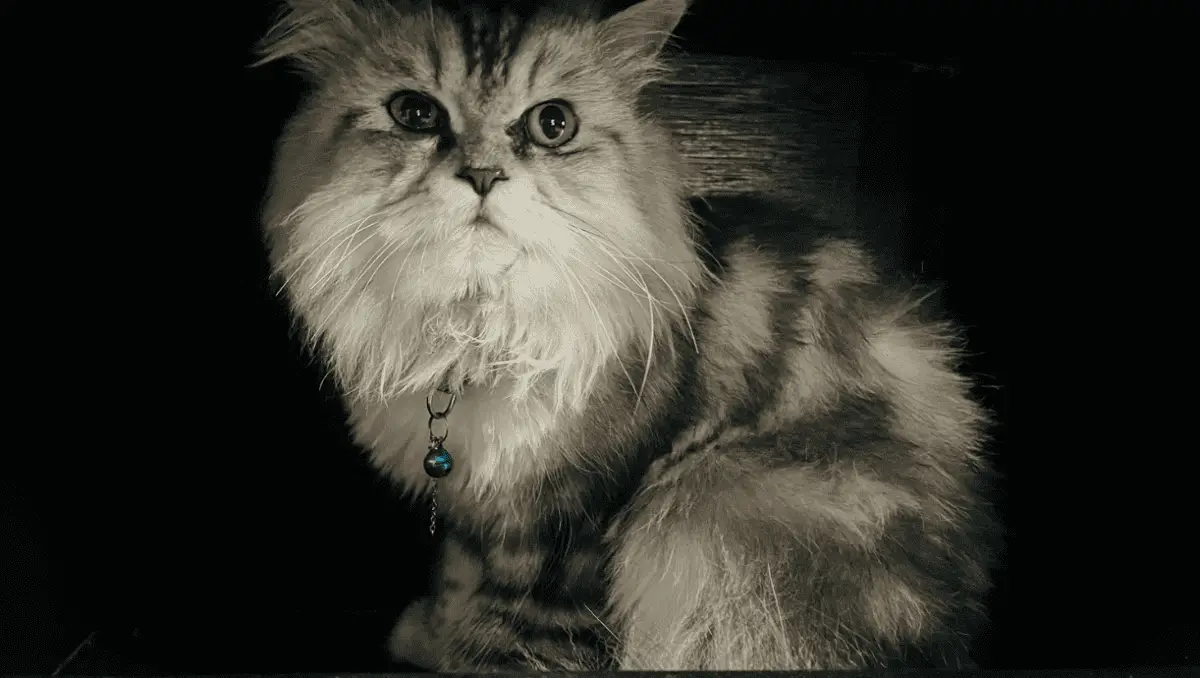Perhaps you don’t know this but a broken pelvis accounts for approximately 25% of all fractures in cats. Sadly, a fractured pelvis sometimes causes a narrowed or deformed pelvic canal, leading to constipation in cats. But what does it mean when a cat with a broken pelvis is not pooping?
When your cat is not pooping following a broken pelvis, it means she is suffering from obstipation. This is where a cat cannot pass stool entirely due to severe constipation. Besides a narrowed pelvic canal, obstipation can occur due to diet changes, nerve damage, reduced mobility, stress, or pain.
So then, what do you do when your cat does not poop after sustaining a broken pelvis? I will tell you shortly about my experience with my own kitty.
What Does It Mean When Cat With Broken Pelvis Is Not Pooping?
My 2-year-8-month-old cat Muezza, a mixed Persian breed, was injured around six months ago. She was hit by a car. After taking her to the vet, an x-ray was done which revealed she had a minor broken pelvis. The vet prescribed some pain relievers for Muezza and recommended cage rest until she recovered fully. This is because the injury was not severe.
On the second day after the accident, our cat was eating and drinking fine. She could also use her tray to urinate. However, for a week, Muezza could not poop.
After taking her to the vet, I was told that the major complication of a broken pelvis in cats is a narrowed pelvic canal. Consequently, this usually leads to severe constipation or obstipation. Luckily, Muezza started pooping in the second week after the vet administered fluids intravenously on her.
However, I also found out from the vet that there could have been other reasons Muezza did not poop. They included the following:
- Reduced Mobility: Generally, when your cat has a broken pelvis, the vet recommends a cage rest for several weeks. This means your kitty cannot exercise due to mobility issues. On the flip side, lack of exercise can reduce intestinal motility in cats, leading to constipation.
- Diet Changes: Another cause of your kitty with a pelvic fracture not pooping can be diet changes. For example, lack of fiber or too much of it in their diet. Also, giving your cat more dry than wet food can make her not poop.
- Discomfort and Pain: Sometimes, the pain relief medication may not be strong enough to ease your kitty’s pelvic pain. As a result, your cat can be scared to defecate. This can make her stool longer, causing the intestines to reabsorb too much water. Consequently, it can be impossible for your feline to poop.
- Medication: Several medications, such as opioids used for pain management and antibiotics, can cause constipation in cats. The drugs can potentially slow down bowel movements, making it hard for your kitty to poop regularly.
- Stress: A broken pelvis can be stressful for cats. This happens because the feline has to stay in the cage for weeks without moving. Sadly, stress can slow down digestion in cats, causing obstipation.
- Nerve Damage: The nerves that control bowel movement can be damaged if your cat’s broken pelvis was due to a road accident. It can be the nerves to the pelvic canal or the intestines. This may cause the colon not to contract correctly to allow the stool to move, leading to constipation.
What To Do When Cat with Broken Pelvis Is Not Pooping?
Before consulting the vet, you can try various home remedies if your cat is doing well but not pooping. These include:
- Give Plenty of Water
If your feline is drinking and eating very well, you should try increasing their water intake. You can do this by putting warm water in its dry or wet food. This can help prevent dehydration and soften the stool in the colon.
- Change the Diet
Dietary modification is another excellent solution. For example, with my cat Muezza, I started giving her foods rich in fiber, such as wheat bran, green beans, and cooked carrots. This is because fiber-rich foods are known to alleviate constipation disorder.

Generally, you should offer your feline a diet that is rich in fiber. Apart from pumpkin, you can also give your kitty aloe vera or add a spoonful of olive oil to her food as it has some laxative properties.
- Avoid Dry Food
Additionally, you should avoid giving your kitty any dry food while she is recovering from the broken pelvis. You should instead give your cat wet food. This is because dry food can make your kitty dehydrated. After all, it lacks moisture.
- Manual Stimulation
If none of the above solutions seem to work, you can stimulate your feline to poop manually. You just need to wet a cloth with warm water. Then, rub the cloth around your kitty’s anus. This can help stimulate bowel movement.
Alternatively, you can try massaging your cat’s belly gently. This can help alleviate any belly pain and allow the stool to move effortlessly via the colon.
When To See a Veterinarian?
If your cat still won’t poop after trying all the above home remedies, you should take her to see the vet. The vet can treat your cat by:
- Rehydration
At the vet, your cat will be given fluids intravenously for about 24 hours for rehydration. This is to help make the stool softer and easier to eliminate.
- Administering Enema
Alternatively, the vet can administer an enema solution comprising warm, soapy water to your cat under general anesthesia. This solution helps induce bowel movement by stimulating the contraction of the colon muscles and softening your kitty’s stool.
- Recommending Over-the-Counter Drugs
Your vet can also prescribe over-the-counter stool softeners like laxatives to help your cat poop. These drugs help increase the force of the muscle contractions in your kitty’s walls of the colon.
- Manual Removal
In severe cases, your vet may recommend manual removal of the hard stool from the colon. The vet usually removes the compacted stool with a gloved finger while your kitty is under anesthesia.
What Happens If You Don’t Treat a Cat With Broken Pelvis Not Pooping?
If the condition is left untreated, your kitty could suffer from subsequent megacolon secondary to the narrowing of the pelvic canal. This is a condition in which the colon may experience massive enlargement and dilation.
Unfortunately, a megacolon may lead to a life-threatening situation if left untreated. The good news is that the condition can be treated using enema solutions, laxatives, high-fiber diets, and colon-wall stimulants.
But if the disease is very severe, the best treatment is subtotal colectomy. This involves removing the non-functioning parts of the colon through surgery.
FAQs
In this section, I will respond to some commonly asked questions about a cat with a broken pelvis not pooping.
Q. How long can a cat go without pooping following a broken pelvis?
A. The time could vary based on the severity of the fracture, pain levels, and diet of your cat. However, most felines usually go for 3 or more days without pooping due to a broken pelvis.
Q. Should I be concerned if my cat is eating but not pooping after a broken pelvis?
A. Yes, since it could be a sign that the pelvis is not healing properly. Or, your cat could be in a lot of pain, making her unable to poop. You should also be concerned because your kitty could be having a narrow pelvic canal, which could lead to a megacolon.
Q. Any symptoms to look out for if my cat is not pooping due to a broken pelvis?
A. Yes. For example, if your cat is avoiding the litter box or is not eating as much as it used to. You can also look out for restlessness and straining when your cat is trying to defecate. Another sign to watch out for is abdominal discomfort when you touch your cat’s belly.
Final Thoughts
It is common for a cat with a broken pelvis not to poop. This happens mostly because of a narrowed pelvic canal. Pain, diet changes, stress, reduced mobility, and some medications can also lead to this problem.
The good news is that you can treat the condition with various home remedies. However, if the remedies don’t work, I recommend you take your kitty to the vet.
Apart from rehydrating your cat, the vet may administer an enema or over-the-counter medications. Unfortunately, if your cat is not treated, she could suffer from chronic megacolon.





Leave a Reply